Meeting with Assad sent clear messages to the countries of the region.
Russian President Vladimir Putin’s visit to Syria last week may have come as a surprise to the international community. Yet it was carefully set and planned, in terms of timing and content. It aimed to deliver clear, unequivocal messages to a number of capitals in the region and beyond.
Not a single component of the visit followed diplomatic protocol. Each component, including the sites that Putin visited in Damascus, was symbolic and projected Russian policy and goals in the Middle East.
The visit took place just after the American attack in Baghdad that killed Qasem Soleimani, one of the most powerful figures in the Iranian security apparatus and the architect and executer of Iran’s Middle Eastern policy, particularly in Syria.
After the attack and the mutual threats of destruction that followed by the United States and Iran, all governments in the region, the White House, the Iranian supreme leadership and proxies such as Hezbollah quickly switched to an emergency mode.
Under these circumstances, the Russians were quick to seize the moment and organize Putin’s visit, which probably had long been planned, since his last visit to Syria in 2017.
In Damascus Putin praised the achievements of the Assad regime in regaining control of lost territory and restoring Syria’s sovereignty.
This conveyed a firm warning to all parties involved, directly or indirectly, including Iran, the US, Israel and others. What Putin was actually saying was that Syria must be left out of the evolving crisis following Soleimani’s assassination. He insinuated that Syria and, more precisely, any part of it under the control of the Assad regime must not be affected by the political and military repercussions taking place in the neighboring country of Iraq, emphasizing that Syria is under Russia’s patronage.
Putin’s emphasis on Syrian sovereignty explains the main purpose for Russian involvement. In Russia’s view, regaining sovereignty under Assad denies the legitimacy of Iran’s involvement and of its proxies, thereby annulling Israel’s rationale for operating in the country. Such emphasis also invites the US to ease the sanctions on the Assad regime.
Stressing this issue, immediately after Soleimani’s elimination, suggests that a large part of this problem has been solved, given Soleimani’s dominant role in the Iranian entrenchment in Syria. Putin was advocating an adjustment in the Syrian policy for all these players, to prevent recurring efforts by Iran to reinstate its presence in Syria.
POSSIBLY, PUTIN wanted also to get Assad’s consent for possible political initiatives led by Russia with regard to Turkey and the Syrian Democratic Forces. Russia has been trying to bring Syria and Turkey closer in order to agree on a solution for northwestern Syria (Idlib region) that would include the dismantling of Hayat Tahrir al-Sham. Putin, of course, could back a massive Syrian military campaign if Turkey fails once more to deliver on its promises.
The Russian initiative aims at retrieving Syrian sovereignty in northwest Syria, creating a win-win scenario for both Russia and Syria. Moreover, Russia is trying to promote a Syrian-SDF engagement as well, while taking into account the Kurdish core interests in order to widen the already existing divergence with the US, which still maintains forces in the region.
Reinforcing the message of consolidating Syrian sovereignty under the Russian strategic umbrella were the widely distributed pictures of Putin and Assad meeting in Damascus, which emphasized who is running the show in Syria. The photos revealed that Putin did not travel to the presidential palace to meet Assad, as expected, but it was Assad who came to the Russian center of operation and control in Damascus. This location of the meeting signaled the real hierarchy of power. Moreover, it reiterated the message that any breach of Assad’s sovereignty would actually be considered defiance of Russia’s control in Syria.
The visit to Syria took place just the day before Putin’s trip to Turkey to meet with its president, Erdogan. In a subtle message to Erdogan, Putin paid a visit to Damascus’s Umayyad Mosque, one of the most ancient mosques in the world, and the very one Erdogan pledged to pray in after he had predicted Assad’s fall in a speech in 2012. Ankara must have noted that Putin, Assad’s patron, visited the symbolic mosque and has triumphed over Erdogan, who sought Assad’s fall.
The Russian president also visited the old Marian cathedral which dates back to the beginning of Christianity on the holy day of Orthodox Christmas. Putin portrayed himself as the defender of minorities, particularly the Christians. Whereas Christians are persecuted all over the Middle East, under Assad’s rule, backed by Russia, Christians are protected and safe to carry on with their rituals and practice their religion.
These messages are expected to be amplified and to continue to echo in the president’s upcoming meeting this month with Europe’s strongwoman Angela Merkel and in his planned visit to Jerusalem this very same month. Putin is sure to repeat the message that Russia is determined to reinstate Syrian sovereignty and utilize this in order secure its position as the main power broker behind diploma tic deals and as the main force in Syria.
Published in The Jerusalem Post 15.01.2020
JISS Policy Papers are published through the generosity of the Greg Rosshandler Family.
photo: Kremlin.ru [CC BY 4.0)]

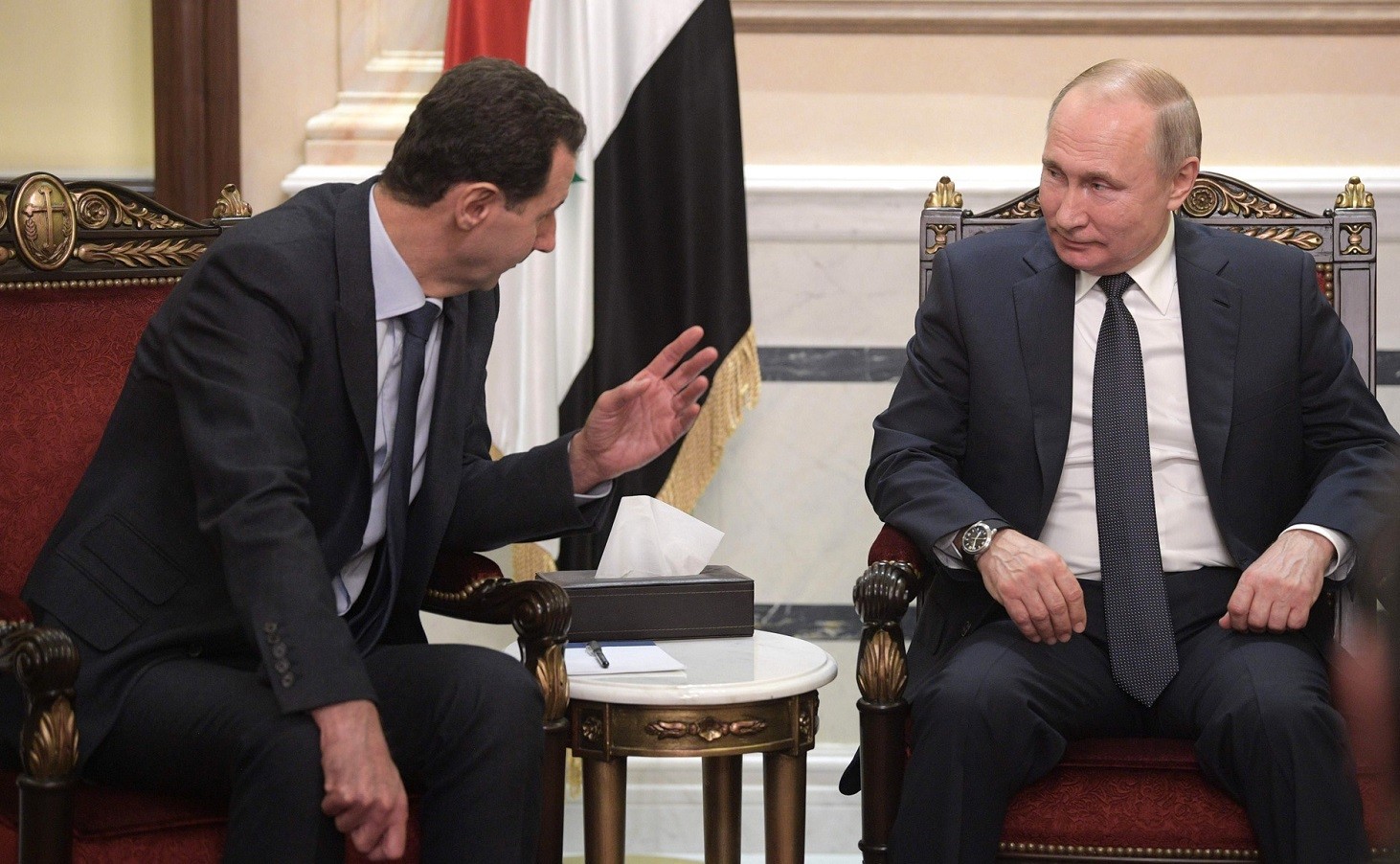
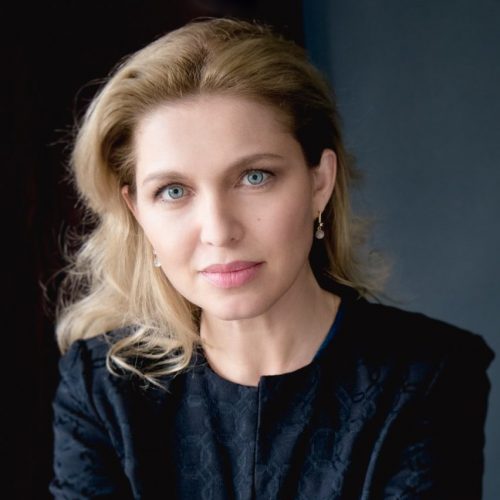
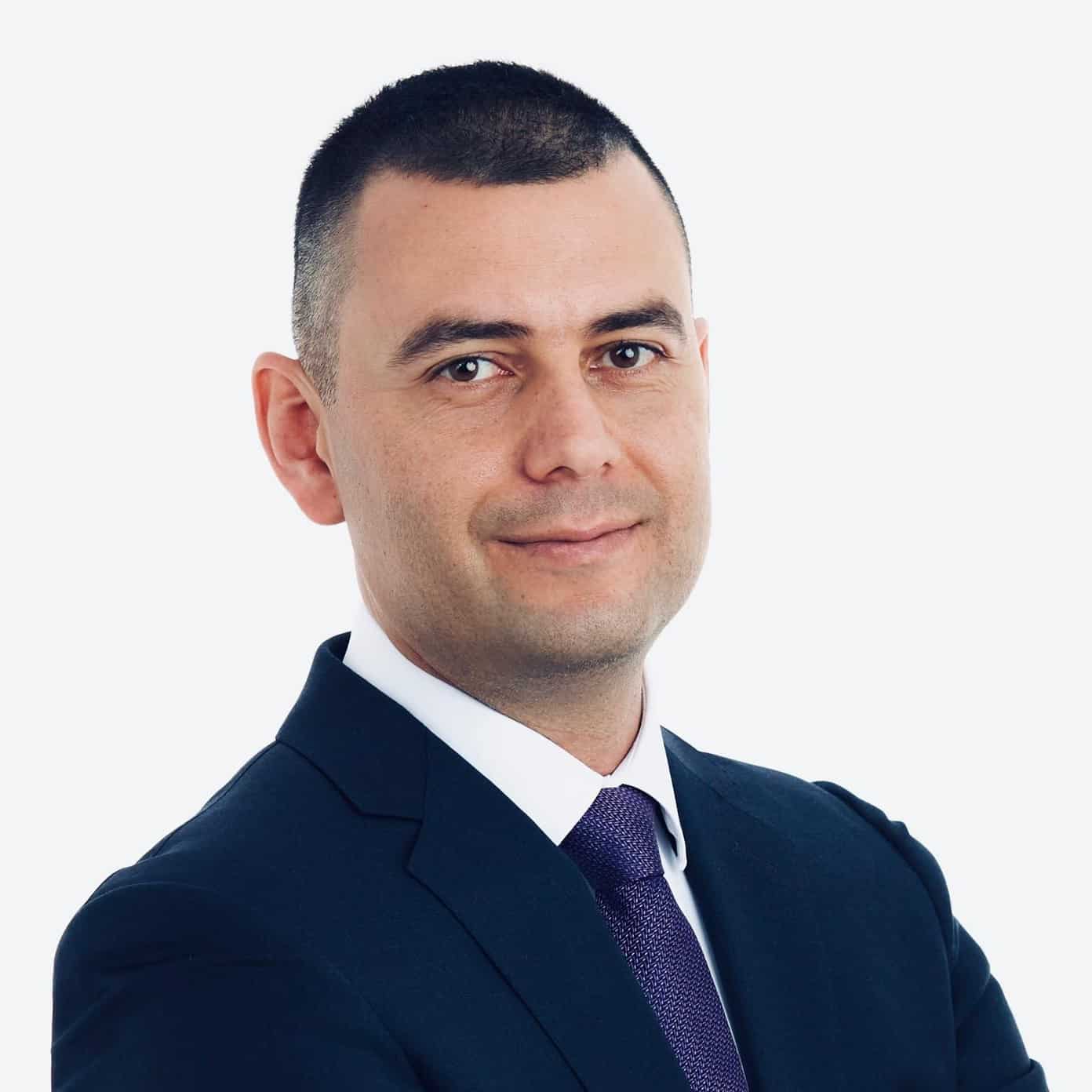
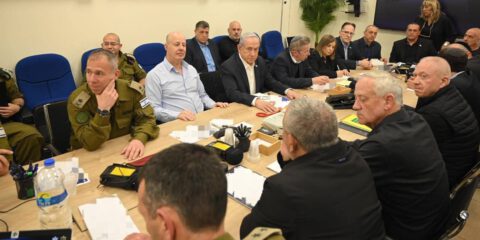

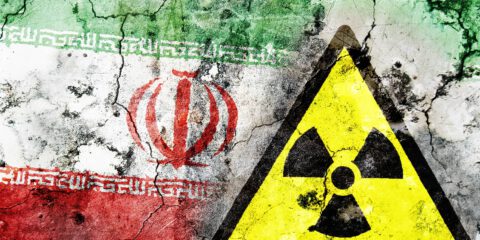
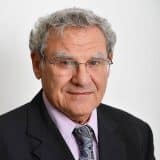
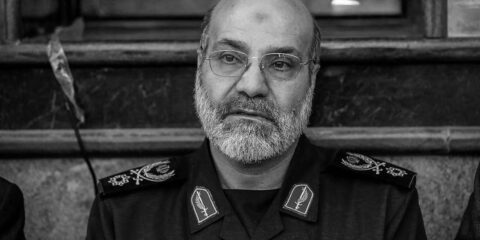
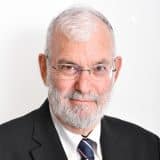
 - בניית אתרים
- בניית אתרים